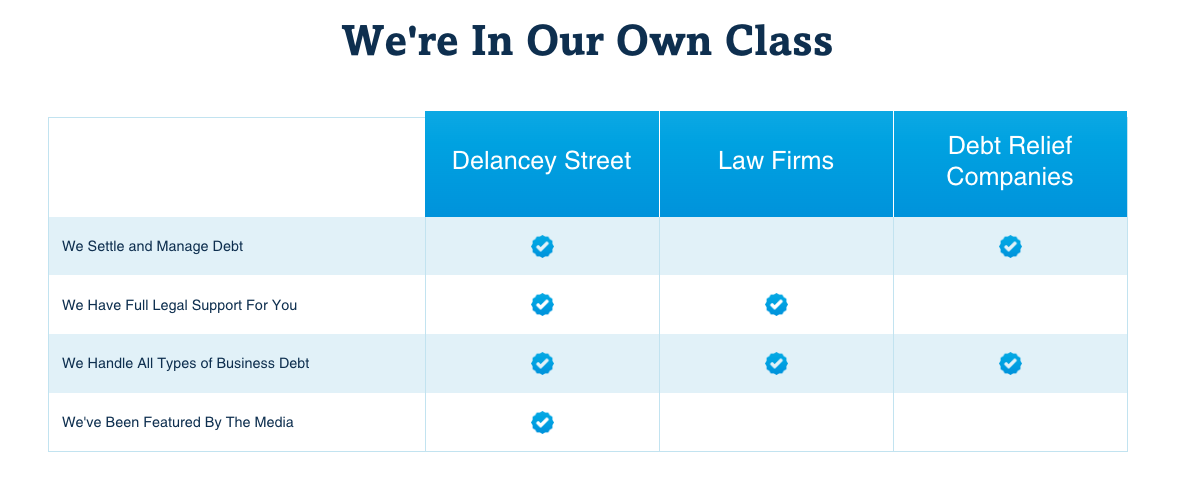Navigating the complexities of unemployment benefits can be an overwhelming experience. Understanding how to determine your potential benefits, eligibility, and the process involved is crucial. In Nevada, the Unemployment Calculator serves as an essential tool for estimating benefits. This article will guide you through its intricacies, providing a comprehensive understanding of its functionality and how to make the best use of it.
Understanding the Nevada Unemployment Calculator
The Nevada Unemployment Calculator is a tool designed to help you estimate the amount of benefits you may be eligible to receive if you are unemployed. It takes into account various factors such as your past earnings and the duration of your previous employment. This tool can be incredibly helpful in planning your finances during unemployment. By providing an estimate, it reduces the uncertainties associated with applying for unemployment benefits.
 -
-One of the key features of this calculator is its ability to break down complex calculations into easily understandable results. This allows you to get a clear picture of what to expect in terms of financial support. However, it’s important to remember that the calculator provides an estimate, not a guarantee. Actual benefit amounts can vary based on additional factors reviewed by the Nevada Department of Employment, Training, and Rehabilitation (DETR).
Using the calculator is relatively straightforward, yet it’s crucial to input accurate data to get a reliable estimate. You will need your earnings history, typically covering the last 12 to 18 months. The calculator assesses your highest quarter earnings within this base period to determine your weekly benefit amount.
Accuracy in data entry cannot be overstated. Even small discrepancies can lead to incorrect estimations, causing unnecessary stress and confusion. Thus, taking your time to gather precise information is paramount when using this tool.
A Deep Dive into Eligibility Requirements
To use the Nevada Unemployment Calculator effectively, understanding the eligibility requirements for unemployment benefits is essential. Generally, to qualify, you must be unemployed through no fault of your own. This means that if you were laid off or your workplace closed down, you’re typically in the clear. However, if you were fired for misconduct or voluntarily left your job without good cause, eligibility becomes more complex.
 -
-Your previous employment duration and earnings also play a significant role in determining your eligibility. Nevada requires that you have worked in insured employment and earned a minimum amount during your base period. The base period is usually the first four of the last five completed calendar quarters before your claim. If you do not meet these criteria in the standard base period, an alternate base period may be taken into consideration.
Moreover, the number of weeks you can claim benefits can vary. In Nevada, the standard duration for unemployment benefits is up to 26 weeks. However, during periods of high unemployment, federal extensions may be applied, increasing the number of weeks you can claim benefits. Understanding these timeframes will provide clear expectations when using the calculator.
Eligibility is not only about meeting initial criteria but also about consistently complying with state requirements. For instance, you must be actively seeking work and be available to accept suitable employment if offered. Failure to meet these ongoing conditions can result in disqualification or suspension of benefits.
How to Accurately Input Your Employment Data
Accurately entering your employment data into the Nevada Unemployment Calculator is crucial for obtaining a realistic estimate of your benefit amount. Start by gathering your employment records, including pay stubs or official summaries from the past 12 to 18 months. The critical figures you need are your total wages for each quarter during this timeframe.
The Nevada Unemployment Calculator divides the base period into four quarters. You will need to enter your total earnings for each respective quarter. It is essential to distinguish between gross and net earnings. The calculator typically requires gross earnings, which is the amount before deductions like taxes and retirement contributions.
 -
-In addition to your earnings, some calculators may ask for other details such as the last date you worked or specific reasons for unemployment. Inputting these details accurately ensures that the estimate aligns closely with what the DETR will calculate when you file your actual claim. Be meticulous—each data point can impact the final outcome.
Furthermore, if you have had multiple jobs during the base period, make sure to include earnings from all eligible employment. Omitting any job could lead to an underestimation of potential benefits. Cross-check your entries for accuracy before calculating to avoid any errors.
Interpreting Your Unemployment Benefit Results
Once you’ve accurately entered all required data into the Nevada Unemployment Calculator, the tool will generate an estimate of your weekly benefit amount. This figure represents the approximate amount you may receive each week while unemployed, according to your documented earnings.
 -
-Interpreting these results can be straightforward if you understand a few key components. The highest quarter earnings during your base period largely determine your weekly benefit amount. The calculator typically applies a formula that considers the total of these earnings to derive your weekly benefit amount. This estimate, however, can be subjected to minimum and maximum allowable benefit amounts set by Nevada law.
Here’s a simplified table to illustrate the process:
| Earnings | Benefit Calculation |
|---|---|
| Base Period Earnings | Proportion of Highest Quarter Earnings |
| Weekly Benefit Estimate | Based on Highest Quarter Earnings |
| Minimum/Maximum Limits | State-defined limits |
After calculating, it’s essential to remember this is just an estimate. The actual benefit amount can differ due to various factors including federal extensions or adjustments made by the DETR. Additionally, certain deductions or offsets such as part-time earnings or other income might reduce your benefit amount.
If the estimated benefit amount seems lower than expected, it could be due to incomplete or incorrect data entries. Double-check your input for accuracy. On the other hand, if the calculated amount matches your expectations, you can proceed with greater confidence when filing your actual claim.
Common Issues and Troubleshooting Tips
While the Nevada Unemployment Calculator is a helpful tool, you may encounter common issues that can lead to inaccurate results. One frequent issue is incorrect data entry. Entering net earnings instead of gross earnings can significantly alter your benefit estimate. Always ensure you are using gross earnings from your pay stubs or official employment records.
Another common issue arises from not including all jobs from the base period. If you’ve worked multiple jobs, remember to aggregate your earnings from each employer. Missing any source of income during the base period can skew the results, making the estimate unreliable.
If you find that the calculator isn’t working properly or the results seem inconsistent with your expectations, cross-checking your inputs is a crucial first step. Double-check the base period earnings, employment duration, and any other requested information. If discrepancies remain, you may consider reaching out to DETR for assistance.
Technical issues such as website downtime or software glitches can also affect your experience with the unemployment calculator. If you encounter such problems, try accessing the tool from a different browser or device. Sometimes, clearing your browser cache or checking the website’s operational status can resolve the issue.
Maximizing the Usefulness of the Calculator Tool
To maximize the usefulness of the Nevada Unemployment Calculator, make sure you use it as a preliminary step before filing your actual unemployment claim. This tool can serve as a vital resource in your financial planning during unemployment. By providing a ballpark estimate of your eligibility and potential benefits, it can help you prepare for the weeks ahead.
Make it a habit to recheck your earnings data periodically, especially if there are changes in your job status or income. Keeping your information up-to-date ensures that any recalculations you perform reflect your most recent employment situation accurately. Staying informed about any updates or changes in unemployment laws or policies in Nevada can also affect your benefit amounts.
Utilize the calculator as a way to explore different scenarios. For instance, if you are considering part-time work while receiving benefits, you can input hypothetical income figures to see how it might impact your weekly benefit amount. This can help you make informed decisions regarding accepting new employment opportunities.
Finally, consider the calculator as part of a broader strategy for managing unemployment. Alongside using this tool, actively engage with resources provided by DETR and other employment services. Attend workshops, brush up on your resume, and stay proactive in your job search. Utilizing the unemployment calculator to its full potential, in conjunction with these resources, will better position you for a smooth transition back into the workforce.
By understanding how to effectively use the Nevada Unemployment Calculator, you can alleviate much of the uncertainty associated with unemployment benefits. Armed with accurate data and a clear understanding of eligibility requirements, you can make informed decisions that will aid in your financial planning. Remember, the calculator is a tool designed to guide you; the accuracy of its estimates still hinges on the quality of information you provide and an awareness of current policies and regulations.







